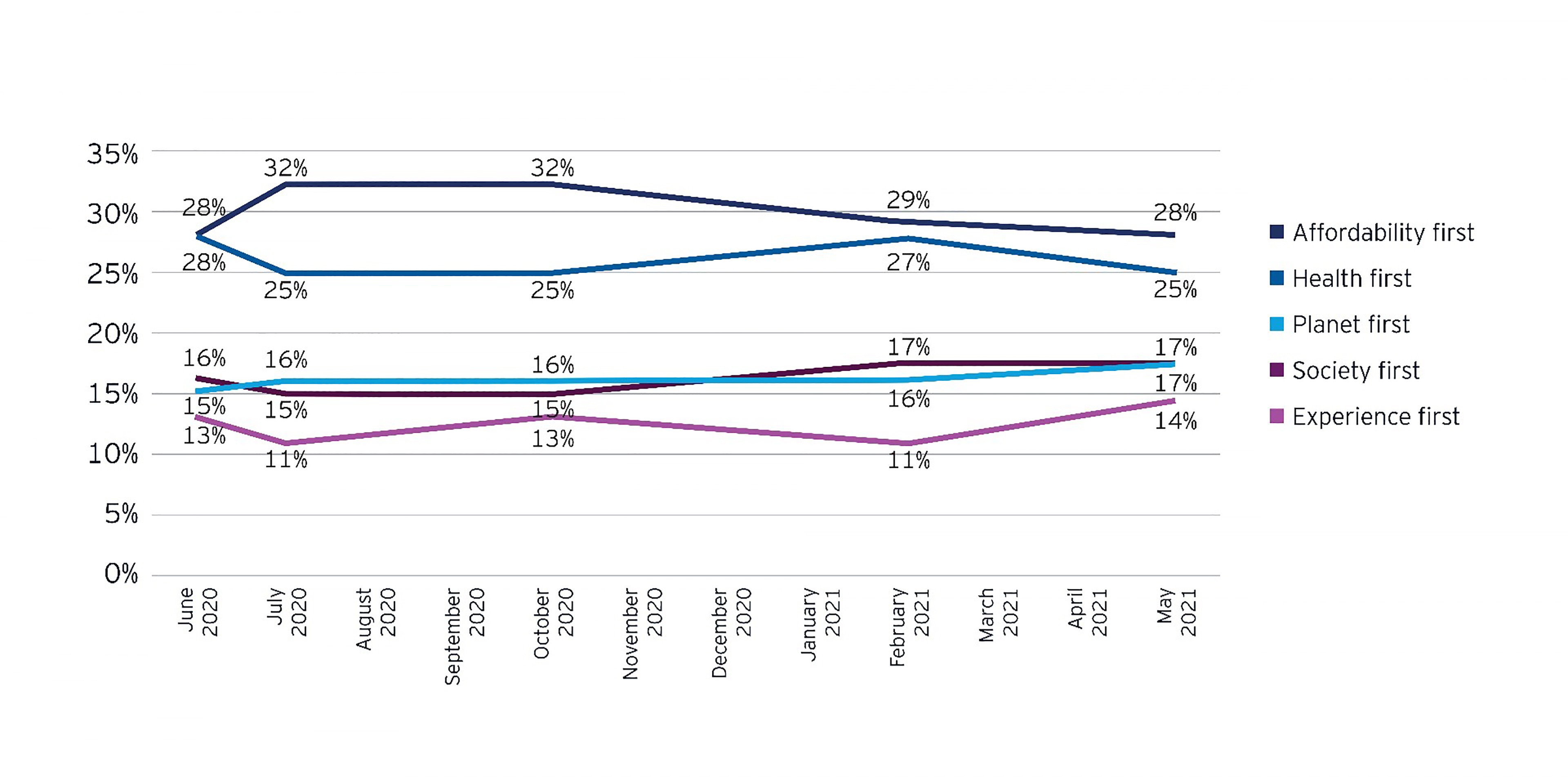Four key focus areas for companies to address the hesitant optimism
1. Scenario planning
New outfits for those long-awaited events. Wedding gifts. Summer vacations. Dinners out. This summer could bring quite the rise in consumerism in an economy injected with stimulus money and pent-up consumer demand. But we can’t be sure how long a consumer boom will last or just how big it will be — is it just a short reaction to newfound freedom? Are there still consumers who are not yet comfortable going out into the world? Will we have a roaring summer and then taper off in the fall? Or are consumers ready to come out for the long run? Retailers and CPG brands will need to scenario plan the various possibilities for consumer demand over the next several months to understand the implications for inventory, supply chain, staffing and beyond.
2. Consumer data
The impact of recent times on consumers’ lives has changed who they are as shoppers. Consumers have different priorities and behaviors, so retailers and CPG brands cannot treat all consumers the same. This is where data becomes critical to understanding the target consumer and building a relationship with them. Companies will need to be much more intentional about how they look at their consumer holistically — not just how they shop and buy, but how they live, what they care about and how their purchase decisions are driven by the most important parts of their lives, including the societies where they live, their finances and families. A 360-degree view of the consumer is necessary to provide value in the right place and at the right time.
3. Price
Though consumers are getting back to life as they knew it, the price sensitivity brought on by the last year will not dissipate overnight. Consumers will still be discerning about the cost of the products they buy. Retailers and CPG brands must consider their pricing strategy, optimized product mix and balance consumers’ price needs with their expectations for service and convenience. Companies must consider price as a value-driver and relationship-builder.
4. Purpose
With more than a third of consumers identifying as Planet and Society First, an ESG strategy has never been more important. Consumers are becoming more aware and purpose-oriented, and the companies that follow suit will be positioned best for continued growth.



